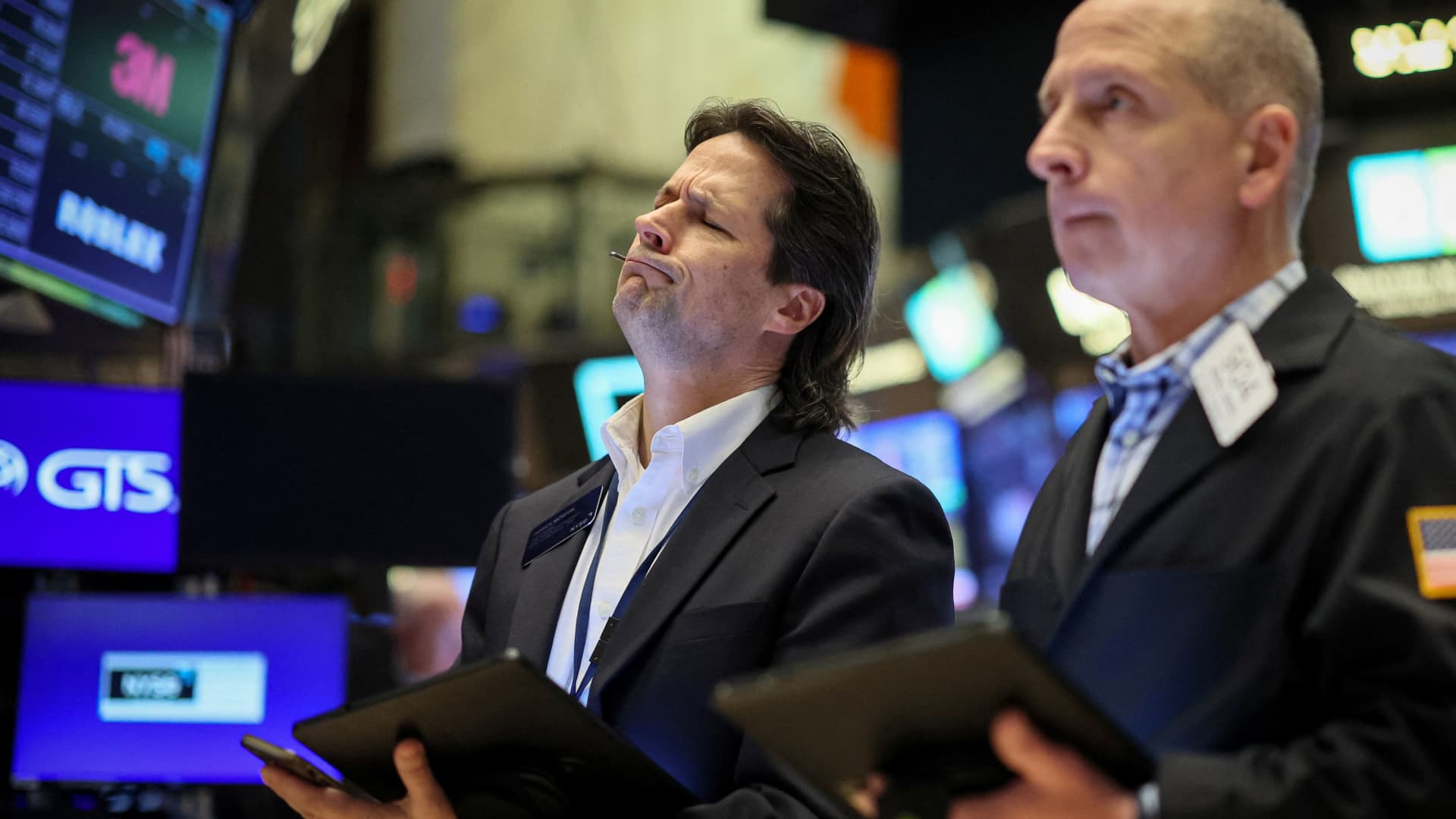Within the dynamic world of banking, resilience and flexibility are key. The banking sector, having navigated by means of the stormy waters of a regional banking disaster in 2023, is now showcasing indicators of a strong comeback. This narrative is well-supported by the efficiency of two heavyweight banking ETFs—the SPDR S&P Regional Banking ETF (KRE) and the SPDR S&P Financial institution ETF (KBE). Each funds supply a novel perception into the banking {industry}’s rebound, serving as a beacon for buyers seeking to capitalize on this sector. Nonetheless, regardless of their similarities, they every chart a definite course by means of the monetary markets.
An in depth comparability of KRE and KBE reveals each shared traits and distinct variations that potential buyers want to contemplate when aligning their investments with their monetary targets. This evaluation covers an array of things from liquidity to market capitalization, and even possession range inside the financial institution shares these ETFs maintain. It is fascinating to notice how each ETFs have considerably outperformed the S&P 500 since their lows in 2023, with KRE and KBE up by 44% and 51%, respectively, dwarfing the S&P 500’s 38% rise.
Diving deeper into the liquidity facet, KRE emerges because the extra liquid possibility, boasting a median each day buying and selling quantity close to 14 million shares, overshadowing KBE’s 2.5 million, in line with knowledge from ETFDB.com. Furthermore, the basic distinction of their holdings, with KRE focusing completely on regional banks whereas KBE encompasses a broader vary of monetary establishments, together with behemoth banks like JPMorgan Chase, underscores the variance of their common market capitalization—KBE’s being nearly eightfold that of KRE.
The bullish sentiment these ETFs are at present experiencing will not be with out advantage. Each have shaped bullish chart patterns, indicating potential breakout alternatives that might redefine their market trajectory. Notably, KBE’s flirtation with breaking out of a six-month cup-and-handle sample and KRE’s proximity to surpassing its December ’23 peak are developments value monitoring. These patterns trace at not only a restoration however a strategic resurgence within the banking sector that tactically inclined buyers might leverage.
Chart evaluation over the previous three years presents a compelling narrative of resilient recoveries and better lows, affirming the banking sector’s potential to navigate by means of fluctuating rates of interest and financial uncertainties. Whereas the short-term outlook stays promising with the continued bullish chart patterns of KRE and KBE, the long-term perspective hinges enormously on how the banking sector at giant adapts to evolving financial landscapes and rate of interest dynamics.
This nuanced evaluation is delivered to you with the experience and perception garnered from over a decade of industry-specific writing, aiming to not simply inform but additionally information you thru the intricacies of funding alternatives inside the banking sector. Our dedication is in direction of not solely highlighting present developments but additionally providing a lens by means of which the longer term prospects of banking investments may be discerned.
– Frank Cappelleri, Founder: https://cappthesis.com
Disclosure: Owned by JPMorgan Chase.
Be aware: The content material offered herein is meant for informational functions solely and doesn’t represent monetary, funding, tax, or authorized recommendation. It’s endorsed to hunt recommendation out of your monetary or funding advisor to tailor methods that finest suit your particular person circumstances.
Please overview our full disclaimer [here](#).














